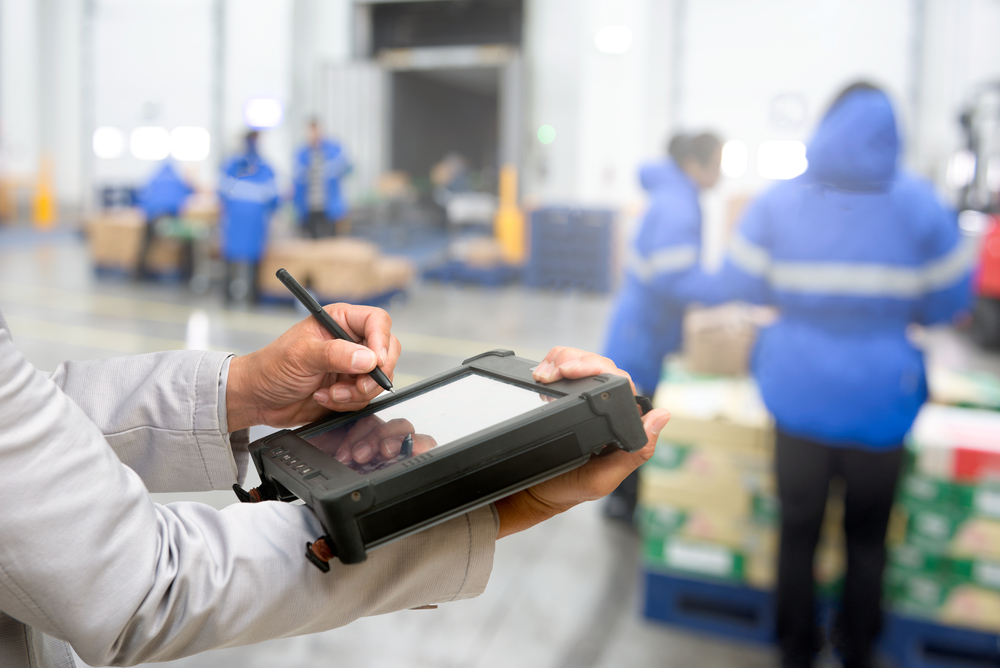
The smartphone in your pocket is more powerful than the computers that we used in the past. There is no denying the ability technology has to make our lives better. This includes how technology operates within a business as well. Most businesses utilize the latest in technology to give them a competitive advantage. Mobile computers have been used in business for years but the types of devices and their abilities continue to change. They are more affordable, powerful, and capable of solving new problems than before.
Type of Device
Mobile computers of the past were very heavy, large and awkward but they got the job done. Today’s business devices are looking and feeling more and more like a consumer smartphone. In fact, there are times when actual smartphones are used in business. As you consider the device that is best for your company, keep in mind that it must be able to withstand continual use. Think about the environment in which it is used and who will be using it.
Operating System
There are two primary choices when it comes to which Operating System (OS) will be best for you. Windows has been around the longest and until recently it seemed to be outdated. With the release of Windows 10, there appears to be new life in this option. The other option would be Android. Made popular on consumer devices, many mobile computers now have the option to run Android. This OS is less expensive and it is gaining a lot of traction with software providers.
In the end, you could be restricted by the OS that your software requires so be aware its of system requirements.
Data Entry Options
A computer is only as good as the data given to it. So think about how you are going to enter data.
Traditional mobile computers have a QWERTY or numeric physical keypad. These are ideal for field service as the tactile buttons are better than an on screen keyboard. Some new options do not have a physical keyboard but rather have a larger screen and utilize the screen for data entry. The benefit is a larger screen allows for more information to be displayed at a time.
In addition, think about the ability to scan barcodes or swipe magnetic stripes to input data. When executed well, these are highly efficient and accurate means to get information processed.
Cellular vs WiFi
Now that the data is in the device, how does it communicate with your main system? The information need to be transmitted into your database for further processing and record keeping. In the past, this was often done via a dock. The unit would be placed into the dock that was connected to a computer. The preferred method is to connect wirelessly via WiFi or cellular. Cellular is more expensive since there is an ongoing monthly fee but it is also the most effective for employees that use these devices in the field. This ensures that job information is continually transmitted regardless of where the employee might be. Not all devices are able to work on all cellular networks.
If the worker will be on the company’s property at all times, then consider using WiFi as it will be less expensive and provide the same benefit.
Printing Options
The final function to consider is the ability to print. This does not apply to all applications but if you need printing then it is a major concern. There are many options for mobile printing and luckily most have reduced their size and weight recently. Smaller, faster and longer lasting batteries have made mobile printing much more business friendly. Typically paired through Bluetooth, these units are able to print work orders, receipts, etc so your employee can leave behind the appropriate paperwork.
And while digital receipts (email) have gained popularity, many customers still prefer receiving a paper receipt.

